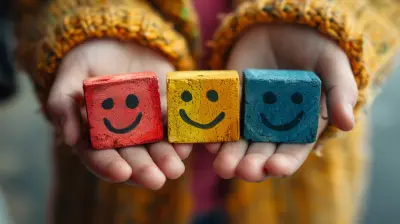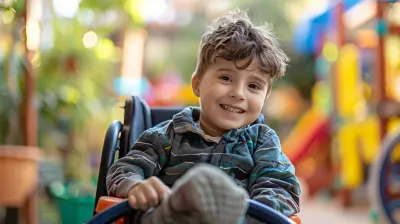How to Potty Train in Three Days: Is It Really Possible?
17 September 2025
So, you're staring down the not-so-glamorous world of diapers and wipes, and you’ve heard the whispers—“You can potty train your toddler in just three days!” Sounds a bit like a parenting magic trick, right?
Welcome to one of parenting’s most talked-about milestones. Potty training can be equal parts exciting and terrifying. And doing it in just three days? That's ambitious. But is it really possible? Let’s break it down, sift through the noise, and figure out whether this potty training promise is a dream or a diaper-less disaster in the making.
What is the 3-Day Potty Training Method?
The 3-day method isn’t some kind of ancient scroll passed down from diaper-free ancestors. It’s a modern, intensive approach that focuses on ditching diapers cold turkey (yes, cold turkey!) and fully committing to the potty for three whole days.The idea? Spend a long weekend focusing solely on potty training. You clear your schedule, cancel your plans, maybe even post a “Do Not Disturb” sign on your door. Your toddler goes diaper-free, usually in underwear or even just a T-shirt, and you’re right there, encouraging, observing, and guiding every step (or squat) of the way.
Sounds intense? It is. But for many families, it also works.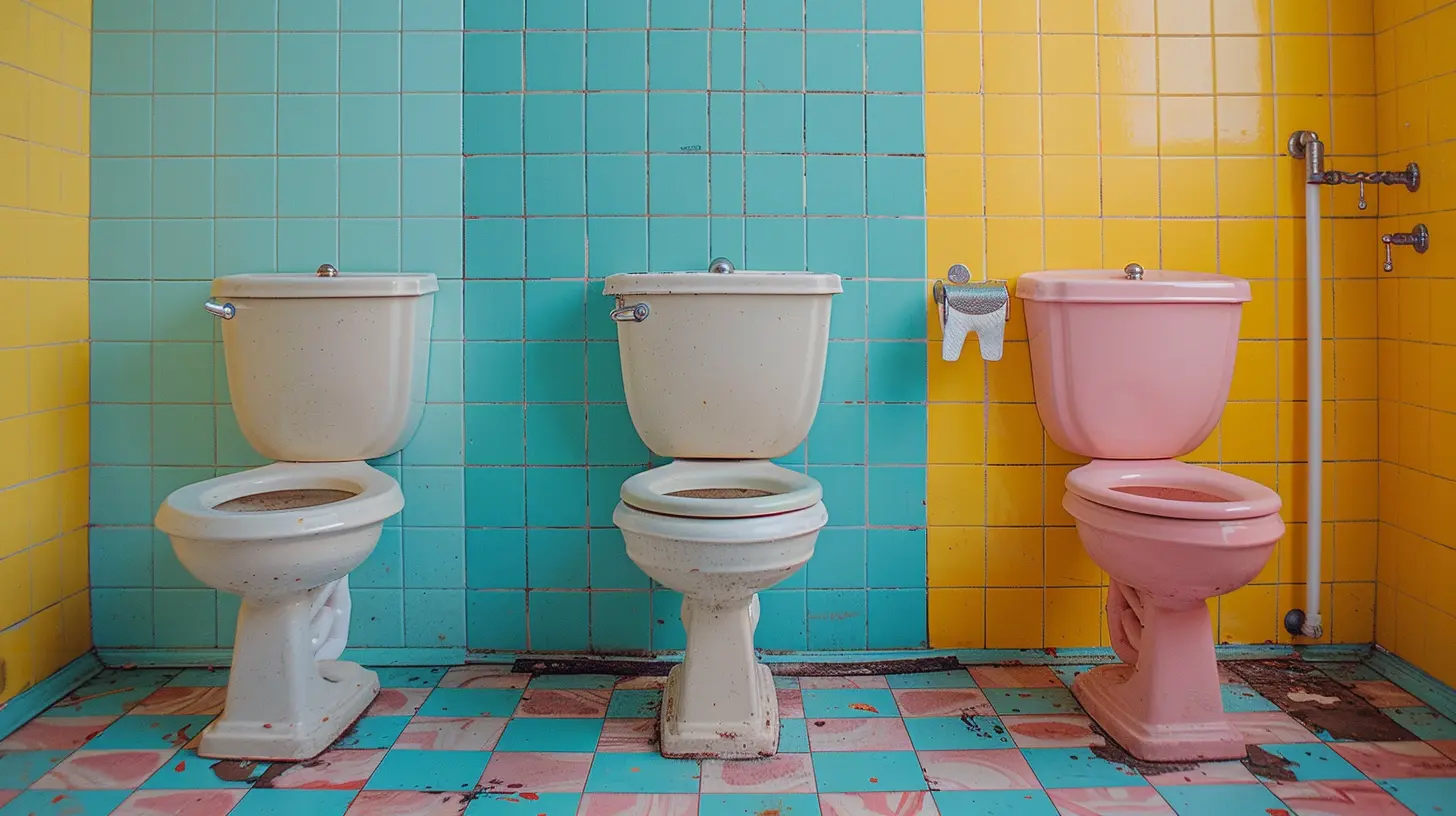
Is Every Child Ready for Potty Training in 3 Days?
Before we jump head-first into the three-day plan, let’s pump the brakes for a sec. Not all toddlers are ready at the same age. And that’s okay. There’s no universal toddler clock that dings “Time to Potty Train!”Some signs of potty training readiness include:
- Staying dry for extended periods (like 2 hours)- Showing interest in the bathroom or mimicking you
- Being able to pull pants up and down
- Understanding basic instructions
- Communicating when they’ve gone or need to go
Generally, most kids start showing signs of readiness between 18 months and 3 years. But every kiddo marches to the beat of their own (miniature) drum.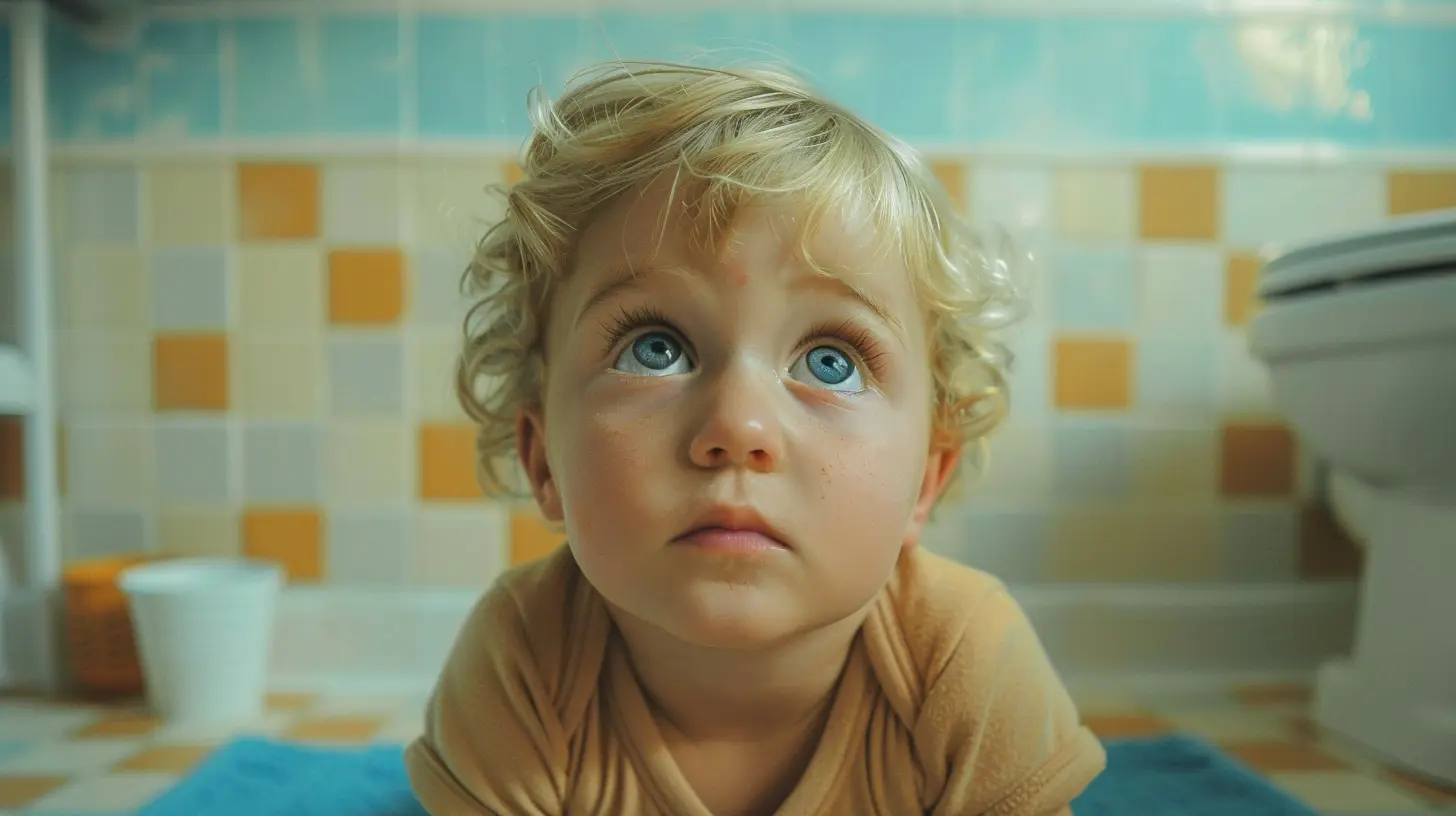
How Does the 3-Day Potty Training Method Actually Work?
Ready to roll up your sleeves? Here’s what the three-day potty boot camp looks like:Day 1: Say Goodbye to Diapers
This is the brave beginning. First thing in the morning, you let your child know today is special—they’re a big kid now! No more diapers.You’ll stay home all day and keep your child in underwear or just a shirt. No pants. Why? Because accidents are easier to spot (and clean), and your toddler gets instant feedback from the feeling of going.
Your job? Watch like a hawk. When you see signs they need to go—wiggling, holding themselves, squatting—you guide them to the potty. You’ll probably say something like, “Let’s try to pee in the potty!”
And yes, there will be accidents. Quite a few.
Day 2: Rinse and Repeat
Literally and metaphorically. Day 2 is pretty much the same as Day 1. The only difference? Now your child knows the drill. They’re getting familiar with the potty, you’re learning their cues, and hopefully, you’re both communicating better.You’ll continue praising successes, staying calm about messes, and keeping up the consistency. Bring out the sticker chart or dance party if that helps motivate your child.
Day 3: Building Confidence
By now, your child might actually be telling you when they need to go. Or maybe they’ve even started to go on their own. If you feel confident, you can even try a short outing—just don’t forget to bring spare clothes and a potty if needed!This day’s all about solidifying habits, celebrating victories, and reinforcing that going potty is just another part of their daily routine.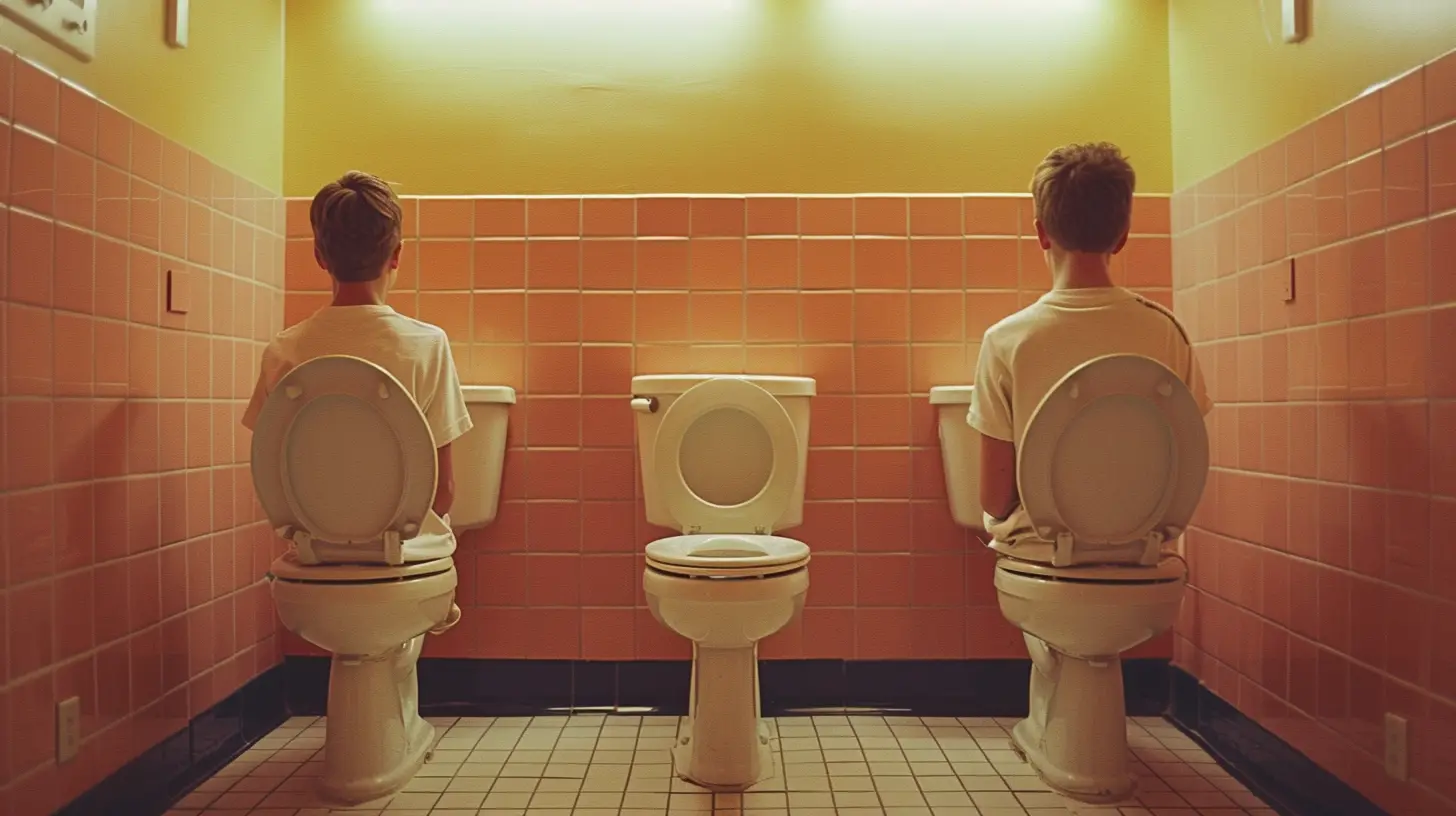
What You’ll Need Before You Begin
Let’s talk tools. You wouldn’t paint your house without a brush, right? Same goes for potty training.Tips to Prep Like a Pro:
- Potty chair or seat insert: Some kids like their own potty chair, while others prefer a seat on the regular toilet. Try both if needed.- Big kid underwear: Let them choose their own. Characters like Paw Patrol or Elsa have surprising motivational powers.
- Cleaning supplies: Accidents happen. Embrace it.
- Rewards: Stickers, treats, high-fives—it doesn't have to be fancy.
- Patience (in bulk): No explanation needed.
The Big Question: Does It Really Work?
Let’s be honest—some parents swear by it. Others end up crying into their coffee mugs by the end of Day 1. So what gives?What Makes It More Likely to Succeed:
- Your child is truly ready (not just your calendar).- You’re fully committed to the process for all three days.
- You stay consistent after the three days are up.
- You create a positive, pressure-free environment.
What Might Get in the Way:
- Starting too soon (really, it matters).- Having a packed schedule and getting distracted.
- Getting frustrated and turning it into a battle.
- Expecting zero accidents afterward (there will still be a few).
Think of it like learning to ride a bike. You don’t expect a perfect Tour de France performance on Day 1, right? The same goes for potty training. The three days kick-start the process—but ongoing support, reminders, and patience are still key.
Tips to Max Out Your Success (and Sanity)
1. Start when you’re both well-rested and healthy – Don’t try to potty train during your child’s nap strike or your work deadline week.2. Use consistent language – Say “potty,” “pee,” or “poop”—whatever feels natural, but stick to it.
3. Make it fun – Read potty books, sing songs, even name the potty if it helps.
4. Stay cool during accidents – Getting upset just adds stress. Think of it as part of the learning process.
5. Go commando after training – Some kids do better without underwear initially because it feels different from diapers.
6. Celebrate every success (big or small) – A little praise goes a long way in toddler world.
What If It Doesn’t Work in 3 Days?
Take a breath. It doesn’t mean you failed. Maybe your child isn’t ready yet, and that’s totally normal.It might be a good idea to pause and try again in a few weeks. Forcing it can create bad associations, and no one wants potty training to turn into a power struggle.
You can also modify the method into a more gradual process. Slow and steady wins the race—and sometimes it wins cleaner floors, too.
Real Talk: Is 3-Day Potty Training the Right Approach for You?
This method isn’t for everyone. If your lifestyle or your child’s temperament leans better toward a gentler, more gradual transition, that’s okay. No parenting trophy is awarded for doing it faster.Some families thrive on structure and can clear three days to focus on nothing else. Others need more flexibility. You know your child (and your sanity levels) best.
What matters most is helping your child feel confident, supported, and empowered—not rushed, shamed, or pressured.
Final Thoughts
Potty training in three days? It’s possible—but it’s not a miracle. It takes readiness, commitment, and a healthy dose of patience. Think of it as potty “boot camp”—intense, focused, and a bit messy—but potentially effective.And whether it takes three days, three weeks, or three months—guess what? Your kiddo will get there.
So grab that tiny underwear, stock up on juice boxes, and take it one step (and one potty break) at a time.
You’ve got this.
all images in this post were generated using AI tools
Category:
Potty TrainingAuthor:

Maya Underwood
Discussion
rate this article
1 comments
Quillan McClary
Three-day potty training can work, but every child is unique!
September 29, 2025 at 4:22 PM

Maya Underwood
Absolutely! Every child is different, so while some may thrive with the three-day method, others may need more time and patience.
